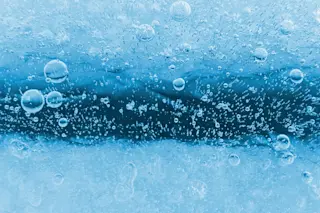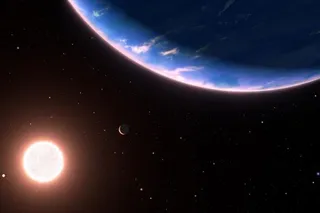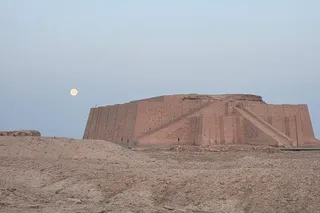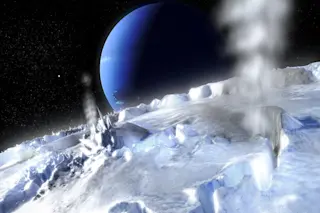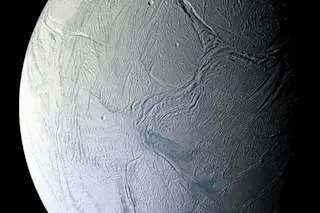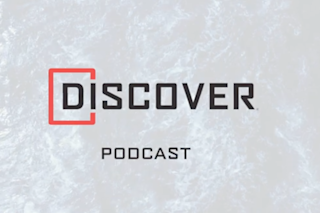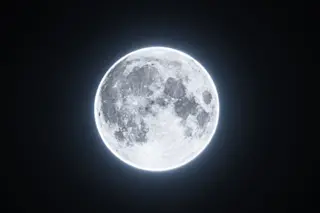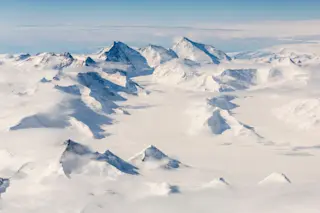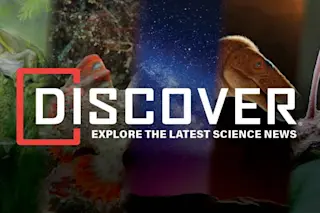In the bitter cold of the Arctic and Antarctica, bubbles could become the ideal way to send messages. Communicating in these regions is easier said than done, as the extreme sub-zero temperatures often constrain equipment with high energy demands. To solve this issue, scientists have pioneered a plan to introduce frozen bubbles messages as a new method of communication.
A new study published in Cell Reports Physical Science explains how bubble messages could rise to the occasion in Earth’s coldest environments. This unorthodox method utilizes air bubbles trapped in ice, which are manipulated to create various bubble shapes that can form messages in binary or Morse code.
Bubble Message Inspiration
The idea of bubble messages drew inspiration from naturally occurring air bubbles in glaciers, which preserve pockets of air from early in Earth’s history. The researchers involved with the new study sought an easy way to communicate and store information for long periods of time based on the distribution of bubbles in ice.
“In naturally cold regions, the use of trapped air bubbles as a means of message delivery and storage uses less energy than telecommunication and is more covert than paper documents,” said author Mengjie Song, a mechanical engineer affiliated with the Beijing Institute of Technology, in a statement. “These ice messages can be preserved for a long time, and the messages they carry are easy to visualize and read.”
Read More: The Largest Mountain Range No One Has Seen Lives Under Antarctica's Ice Sheets
Shaping Bubble Layers
The bubbles that form when water freezes tend to take on a bubble shape or an elongated needle shape, both of which are strewn through ice chunks. The researchers examined how these bubble shapes form by using a cold plate (a tool that transfers heat away from a component) to freeze a two-dimensional layer of water between two transparent sheets of plastic.
The researchers then proceeded to subject the water to different temperatures to see how the freezing rate and direction would impact bubble formation.
They found that by suddenly increasing the freezing rate — thereby drastically decreasing the cold plate temperature — a single bubble layer was formed. Faster freezing rates created egg-shaped bubbles, so the researchers steadily reduced the freezing rate to produce consecutive layers filled with varying bubble shapes.
The first layer had only egg-shaped bubbles, the second had both egg- and needle-shaped bubbles, the third had only needle-shaped bubbles, and the last was clear with no bubbles at all.
Cracking a Bubble Code
Knowing how to manipulate the formation of bubbles, the researchers worked on encoding messages into ice. They first assigned the various bubble shapes, sizes, and positions to characters associated with Morse and binary code. Next, they programmed the cold plate to control the rate and direction of freezing so that it would generate a customized slice of ice with a bubble message.
After taking a photo of the ice and converting it to grayscale, the researchers trained a computer to decode the message by detecting the position and size of bubbles based on their grayscale value (regions without bubbles are dark gray, while bubbles are almost white).
The message was turned into binary or Morse code, and then further translated into English letters and Arabic numerals. Binary coding appears to be a better medium because it can store messages that are around ten times longer, according to the researchers
Beyond improving communication in the Arctic and Antarctica, the researchers say there are plenty of other opportunities to study air bubbles trapped in ice. This pursuit could even lead to applications in a hodgepodge of fields such as metal smelting, food preservation, and biopharmaceuticals.
Read More: Unexplainable Radio Waves Under Antarctica's Ice Defy the Laws of Particle Physics
Article Sources
Our writers at Discovermagazine.com use peer-reviewed studies and high-quality sources for our articles, and our editors review for scientific accuracy and editorial standards. Review the sources used below for this article:
Cell Reports Physical Science. Manipulating trapped air bubbles in ice for message storage in cold regions
National Snow and Ice Data Center. Glaciers



